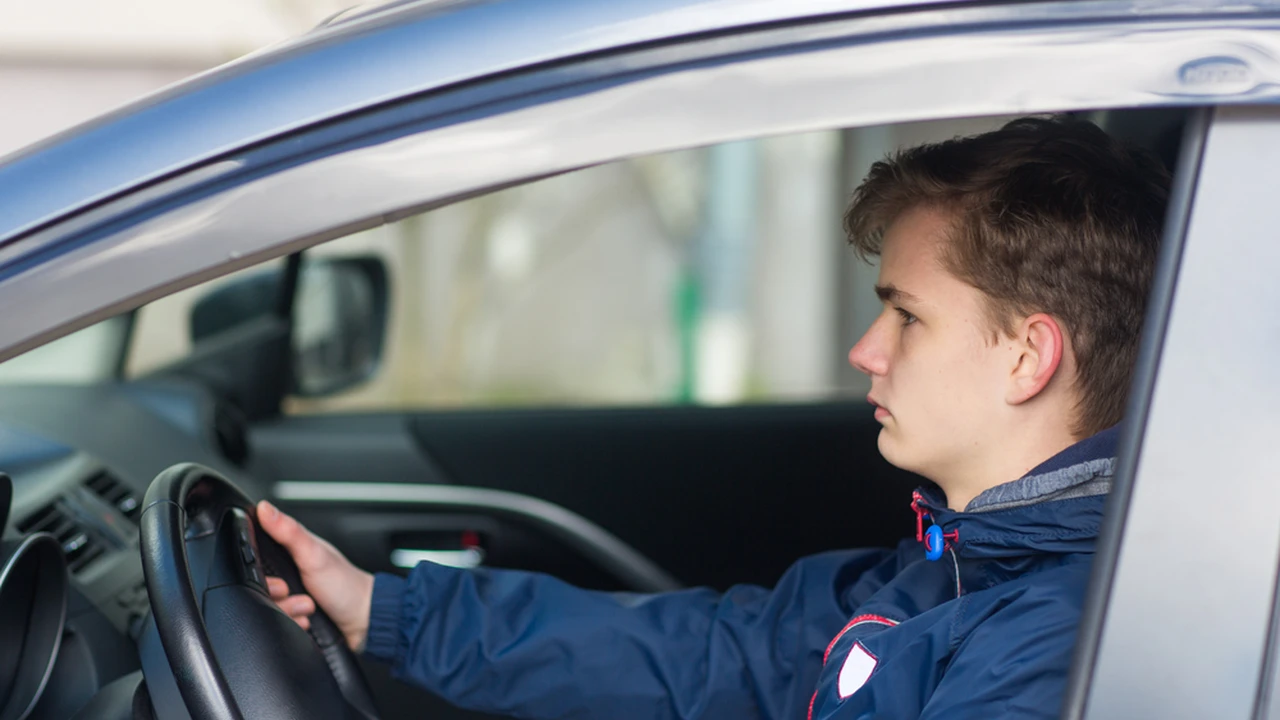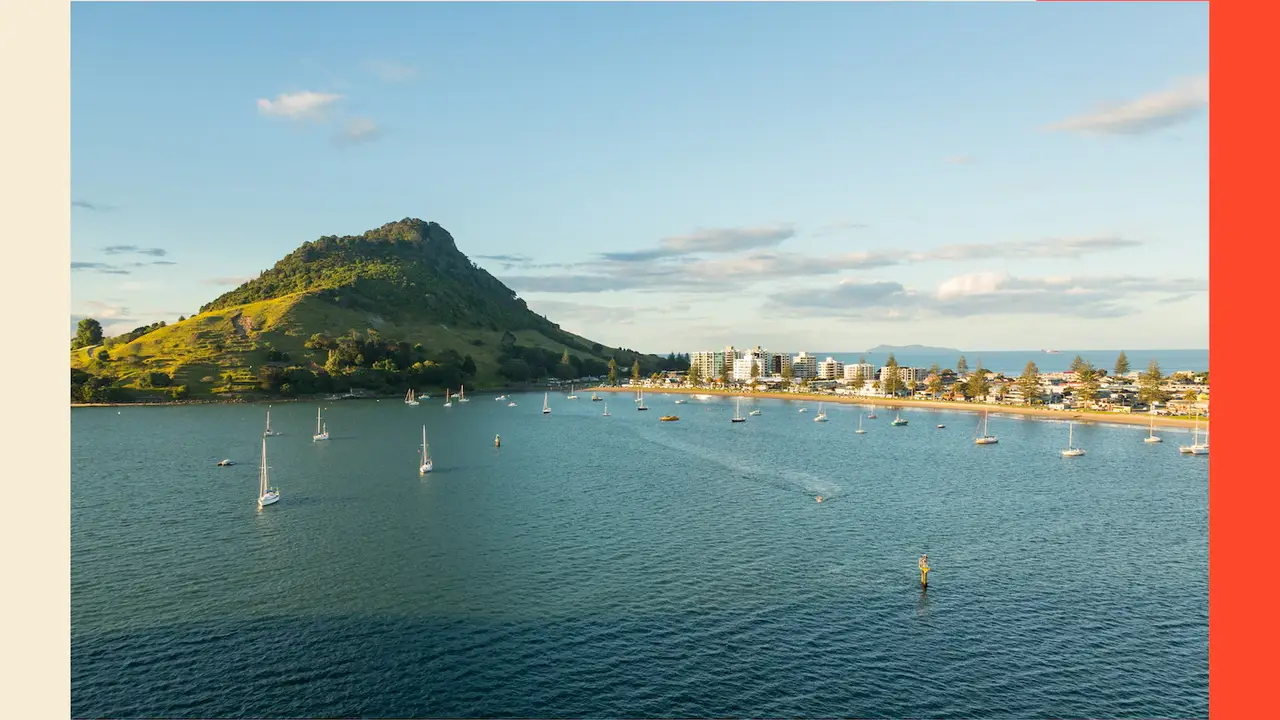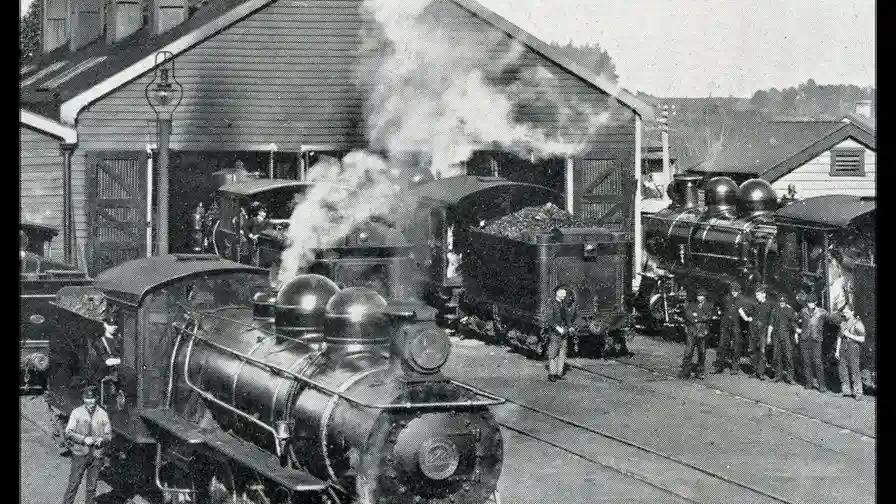Driving in New Zealand: Tips for US Drivers
Sample meta description.

Understanding New Zealand Roads: A US Driver's Guide
So, you're an American heading to New Zealand for an adventure? Awesome choice! The scenery is breathtaking, the people are friendly, and the sheep outnumber humans by a considerable margin. But before you hop behind the wheel, let's talk about driving in New Zealand. It's not quite the same as cruising down the highway back home, and a little preparation can save you a lot of headaches (and potentially a rental car!).
First things first: they drive on the left! Yes, that's right. You'll be driving on the left side of the road, sitting on the right side of the car, and shifting with your left hand. It feels incredibly weird at first, but you'll get used to it. Just take it slow and be extra cautious for the first few days.
Also, New Zealand roads can be quite different from what you're used to in the US. Many roads are narrow, winding, and hilly. They often have gravel shoulders and limited visibility. Be prepared to drive defensively and adjust your speed accordingly. Don't expect to maintain highway speeds on every road. In fact, expect to drive much slower than you normally would. The posted speed limits are maximums, not targets. It's better to arrive late than not at all.
One-lane bridges are common, especially in rural areas. If you see a bridge with a white arrow pointing in your direction, you have right-of-way. If the arrow is red, you must give way to oncoming traffic. Be patient and courteous; it's all part of the experience.
Essential Road Rules for American Drivers in New Zealand
Okay, let's dive into some specific road rules. While many are similar to the US, there are a few key differences you need to be aware of:
- Give Way Rules: New Zealand has complex "give way" rules at intersections. In general, give way to traffic coming from your right. However, there are many exceptions, so pay close attention to the signs and road markings. When in doubt, yield.
- Roundabouts: Roundabouts are common and operate in a clockwise direction. Give way to traffic already on the roundabout.
- Speed Limits: The speed limit on open roads is generally 100 km/h (62 mph), but it can be lower in certain areas. Pay attention to the signs. In urban areas, the speed limit is usually 50 km/h (31 mph).
- Alcohol: New Zealand has strict drink-driving laws. The legal blood alcohol limit is 0.05%. If you're planning on drinking, don't drive.
- Cell Phones: Using a hand-held cell phone while driving is illegal.
- Seatbelts: Everyone in the vehicle must wear a seatbelt.
- Passing: Passing on a solid yellow line is illegal. Be careful when passing on two-lane roads, as visibility can be limited.
Familiarize yourself with the New Zealand Road Code before you arrive. You can find it online at the NZ Transport Agency (NZTA) website. It's a good idea to take a practice quiz to test your knowledge.
Choosing the Right Rental Car: Recommendations and Comparisons
Selecting the right vehicle is crucial for a safe and enjoyable driving experience in New Zealand. Consider the type of driving you'll be doing and the number of passengers and luggage you'll have.
- Small Car (e.g., Toyota Yaris, Suzuki Swift): Ideal for city driving and shorter trips on well-maintained roads. Fuel-efficient and easy to park. Not recommended for long distances or rough terrain. Expect to pay around $30-$50 per day.
- Mid-Size Car (e.g., Toyota Corolla, Mazda 3): A good all-around option for couples or small families. Comfortable for longer trips and handles most road conditions well. Expect to pay around $50-$80 per day.
- SUV (e.g., Toyota RAV4, Honda CR-V): Recommended for families or groups traveling to more remote areas. Offers more space and ground clearance for gravel roads and hilly terrain. Expect to pay around $80-$120 per day.
- 4x4 (e.g., Toyota Land Cruiser, Ford Ranger): Necessary for serious off-roading. Only recommended if you plan on driving on unsealed roads or tackling challenging terrain. Expect to pay around $150+ per day.
- Campervan: A popular option for exploring New Zealand at your own pace. Offers accommodation and cooking facilities. Can be expensive, but saves on hotel costs. Expect to pay around $100-$300+ per day, depending on the size and features.
When choosing a rental car, consider the following factors:
- Transmission: Automatic or manual? If you're not comfortable driving a manual transmission, make sure to book an automatic.
- Insurance: Understand the insurance options and choose the level of coverage that's right for you. Consider purchasing excess reduction insurance to reduce your liability in case of an accident.
- GPS: A GPS is essential for navigating New Zealand's roads. You can either rent one from the rental car company or use a smartphone app like Google Maps or Maps.me.
- Child Seats: If you're traveling with children, make sure to book appropriate child seats.
Product Recommendations:
- Garmin DriveSmart 66 GPS Navigator: A reliable GPS with a large, easy-to-read screen. Offers voice-activated navigation and real-time traffic updates. Price: $200-$300.
- Michelin Tire Pressure Gauge: Keep your tires properly inflated for optimal fuel efficiency and safety. Price: $10-$20.
- First Aid Kit: A must-have for any road trip. Include essentials like bandages, antiseptic wipes, pain relievers, and insect repellent. Price: $20-$50.
- Portable Jump Starter: In case your battery dies, a portable jump starter can save the day. Price: $50-$100.
Navigating New Zealand's Unique Driving Conditions: Gravel Roads, One-Lane Bridges, and More
New Zealand's roads present some unique challenges. Here's what you need to know:
- Gravel Roads: Many roads in New Zealand are unsealed (gravel). Drive slowly and carefully on gravel roads, as they can be slippery and unpredictable. Reduce your speed significantly and avoid sudden braking or steering. Watch out for loose gravel and potholes.
- One-Lane Bridges: As mentioned earlier, one-lane bridges are common. Pay attention to the signs and give way to oncoming traffic when necessary.
- Hills and Curves: New Zealand is a mountainous country, so expect plenty of hills and curves. Reduce your speed before entering a curve and be prepared to brake.
- Weather: New Zealand's weather can change quickly, especially in the mountains. Be prepared for rain, wind, and even snow, even in the summer. Check the weather forecast before you travel and adjust your plans accordingly.
- Animals: Watch out for animals on the road, especially sheep, cows, and possums. Be particularly careful at night, as animals are more active then.
Essential Apps and Resources for American Drivers in New Zealand
Here are some helpful apps and resources that can make your driving experience in New Zealand smoother and safer:
- Google Maps/Maps.me: For navigation and finding points of interest.
- NZTA (NZ Transport Agency) Website: For information on road rules, road closures, and traffic updates.
- Metservice: For weather forecasts.
- AA Roadwatch: For real-time traffic updates.
- Rankers Camping NZ: For finding campsites and holiday parks.
Dealing with Emergencies: What to Do in Case of an Accident or Breakdown
It's important to know what to do in case of an emergency:
- If you're involved in an accident: Stop your vehicle and check for injuries. If anyone is injured, call 111 (the New Zealand emergency number) immediately. Exchange information with the other driver(s), including names, addresses, and insurance details. Take photos of the scene and any damage to the vehicles. Report the accident to the police as soon as possible.
- If your car breaks down: Pull over to the side of the road in a safe location. Turn on your hazard lights. Call your rental car company or roadside assistance for help. If you're in a remote area, you may need to wait for assistance.
Embrace the Kiwi Driving Style: Relax and Enjoy the Ride
Driving in New Zealand is an adventure in itself. Take your time, be patient, and enjoy the scenery. The pace of life is slower here, and the driving reflects that. Don't rush; embrace the Kiwi driving style and savor the experience.
Product Spotlight: Must-Have Items for Your New Zealand Road Trip
Let's delve deeper into some specific product recommendations to enhance your New Zealand driving experience:
- Garmin DriveSmart 66 GPS Navigator (Price: $200-$300): This isn't just a GPS; it's your co-pilot. The voice-activated navigation is a lifesaver, especially when navigating unfamiliar roads. The real-time traffic updates help you avoid delays. The large, bright screen is easy to read, even in direct sunlight. Usage Scenario: Perfect for navigating complex city streets or finding hidden gems in rural areas. Comparison: Compared to using your phone's GPS, the Garmin offers a more reliable and dedicated navigation experience. It doesn't rely on cellular data, which can be spotty in some parts of New Zealand.
- Michelin Tire Pressure Gauge (Price: $10-$20): Maintaining proper tire pressure is crucial for safety and fuel efficiency. This gauge is accurate and easy to use. Usage Scenario: Check your tire pressure before each long drive, especially after driving on gravel roads. Comparison: Compared to relying on the tire pressure monitoring system (TPMS) in your car (if it has one), a manual gauge gives you a more accurate reading.
- Adventure Medical Kits Ultralight/Watertight Medical Kit (Price: $50-$70): Don't skimp on safety. This comprehensive first aid kit includes everything you need to treat minor injuries and illnesses. Usage Scenario: Keep this kit in your car at all times. It's essential for treating cuts, scrapes, burns, and insect bites. Comparison: While a basic first aid kit is better than nothing, this kit provides a more complete range of supplies for dealing with emergencies.
- NOCO Boost Plus GB40 1000 Amp 12-Volt UltraSafe Lithium Jump Starter (Price: $80-$100): A dead battery can ruin your day. This portable jump starter is powerful enough to start most cars and trucks. It's also compact and easy to store. Usage Scenario: Use this jump starter to jump-start your car if the battery dies. It can also be used to charge your phone or other electronic devices. Comparison: Compared to waiting for roadside assistance, this jump starter allows you to get back on the road quickly and easily.
- Car Phone Mount (e.g., iOttie Easy One Touch 5) (Price: $20-$30): For safe and hands-free use of your phone for navigation or music. Choose a mount that securely holds your phone and allows for easy adjustment. Usage Scenario: Use this mount to keep your phone visible and accessible while driving, without having to take your hands off the wheel. Comparison: Holding your phone while driving is illegal and dangerous. A car phone mount provides a safe and convenient alternative.
Remember to factor in the cost of petrol (gasoline), which can be expensive in New Zealand. Prices fluctuate, but you can expect to pay around $2.50-$3.00 per liter (approximately $9-$11 per gallon). Look for gas stations in larger towns, as prices tend to be higher in remote areas.
Driving in New Zealand is an unforgettable experience. By following these tips and being prepared, you can have a safe and enjoyable road trip. Kia Ora and happy travels!
:max_bytes(150000):strip_icc()/277019-baked-pork-chops-with-cream-of-mushroom-soup-DDMFS-beauty-4x3-BG-7505-5762b731cf30447d9cbbbbbf387beafa.jpg)






